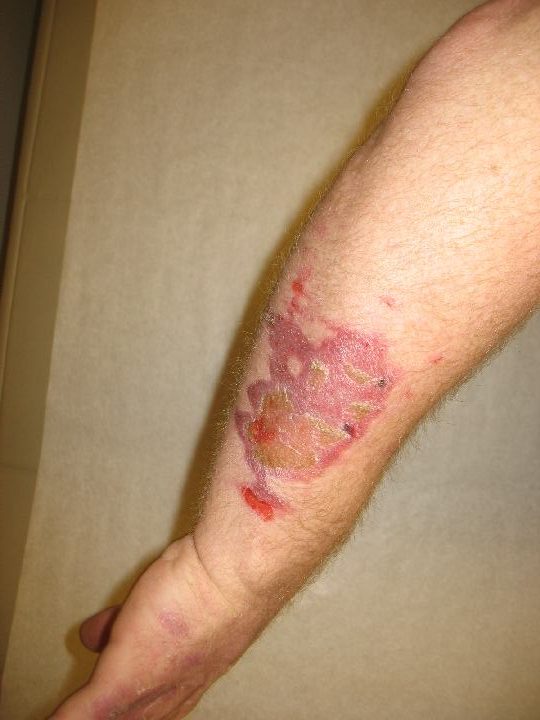Domestic accidents occur from time to time one of the common being burns. It may occur from the simplest steam scalding to hot water or oil, and hot domestic appliances to the worst-case scenario of being caught in a house fire.
 Source: Flickr
Source: FlickrBurns are often categorized as first, second, or third-degree, depending on how badly the skin is damaged. The following are some of them:
First-degree burns – These are mild and are found on the top layer of the skin. They are characterized by redness, minor swelling, and some pain. They take a few days to heal; about 3 to 6 days.
Second-degree burns – Deeper layers of the skin are affected. It is characterized by a lot of pain, blister formations, and redness. It may take three weeks or more to heal.
Third-degree burns – These are extremely severe and involve all the layers of the skin and body tissue. The affected area looks charred and may be numb initially from nerve damage. Healing depends on the severity of the burn. They usually require cosmetic surgery where skin grafts are used to help the burned area heal.
Medical Supplies and Equipment
Electrical and chemical burns – They can be serious due to damage inflicted on internal organs. As soon as it occurs, turn off the electricity and move the affected person away from the power source to avoid being electrocuted too. For chemical burns, rinse continuously the area with water for five minutes or use a tub if the affected area is large. When a burn occurs, first aid is important before medical help arrives.
- Run cool water over the burned area for a few minutes. Let the water gently run over the affected part for as long as possible. Do not apply ice cubes to cool the area since frostbite can arise where there is already damaged skin.
- Call 911 when there is charred or blistered skin on:
– The head especially the face
– The lower abdomen and the genitals
– The wrist, limbs, and ankle
– Most of the feet or hands
– Any surface larger than the chest
- Small burns can be treated with burn ointment/spray to reduce pain. Do not break open the blisters or use oil on the burnt area; oil traps the heat and deepens the burn.
- Over-the-counter pain relievers can be sought for mild burns. Severe burns need to be treated by a professional medical doctor.
